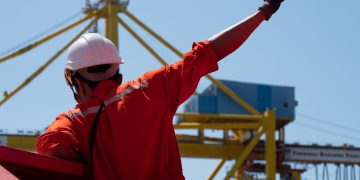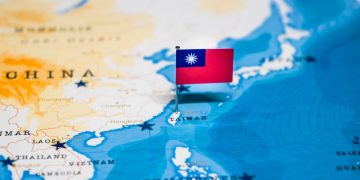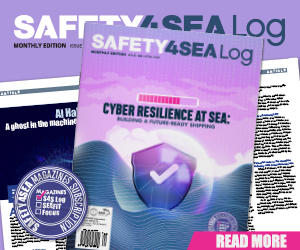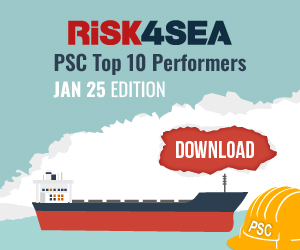A global task force made up of partner countries and organizations of the GloFouling Partnerships Project is laying the groundwork for a follow-up initiative to address biofouling, which continues to be a major threat to ocean health.
With the project wrapping up in May 2025, stakeholders are evaluating lessons learned and exploring the development of a successor initiative that will focus on long-term funding, stronger regional collaboration, private-sector engagement, and alignment with the IMO-Norad TEST Biofouling Project.
Potentially, the next phase of the project would continue to support implementation of the 2023 IMO Biofouling Guidelines (as well as any future mandatory regulations) and integrate biofouling policy more deeply at both national and global levels.
A follow-up initiative is essential to help them prepare for the development and implementation of future rules, strengthen regional cooperation, and ensure the risk of invasive species is mitigated
… said GloFouling Project Manager Lilia Khodjet El Khil.
This comes as IMO’s Marine Environment Protection Committee (MEPC 83), meeting 7 to 11 April, agreed to develop a new legally binding framework on biofouling management.
Since 2019, the GloFouling Partnerships Project, implemented jointly by IMO, UNDP and GEF, has supported developing countries in tackling the spread of invasive aquatic species via ships’ hulls.

A meeting of the GloFouling Partnerships Project’s Global Project Task Force (GPTF-3) in Bali (10–12 March) brought together representatives from 24 countries, eight regional bodies, and strategic partners such as the Maritime Technology Cooperation Centres (MTCCs) and Global Industry Alliance (GIA). The event highlighted the main achievements of the GloFouling Project (2019-2025) and outlined a sustainability roadmap to ensure long-term impact.
































































